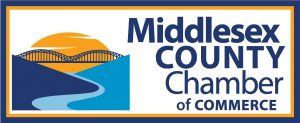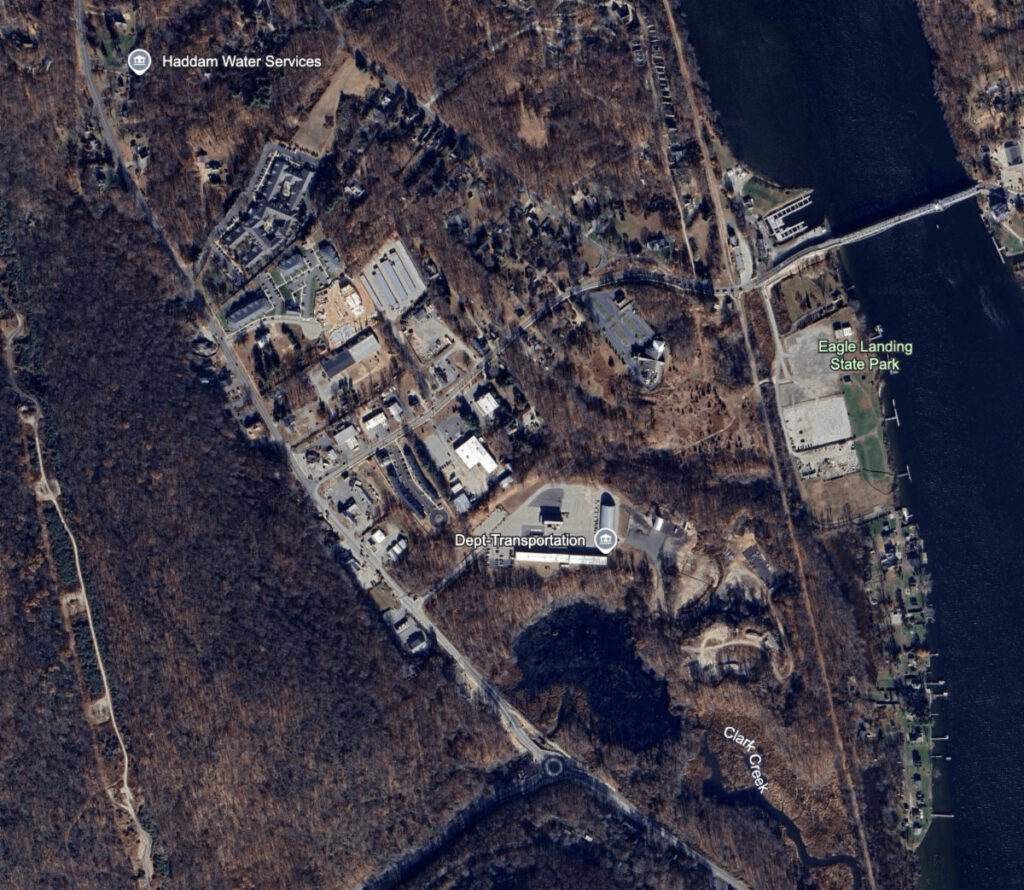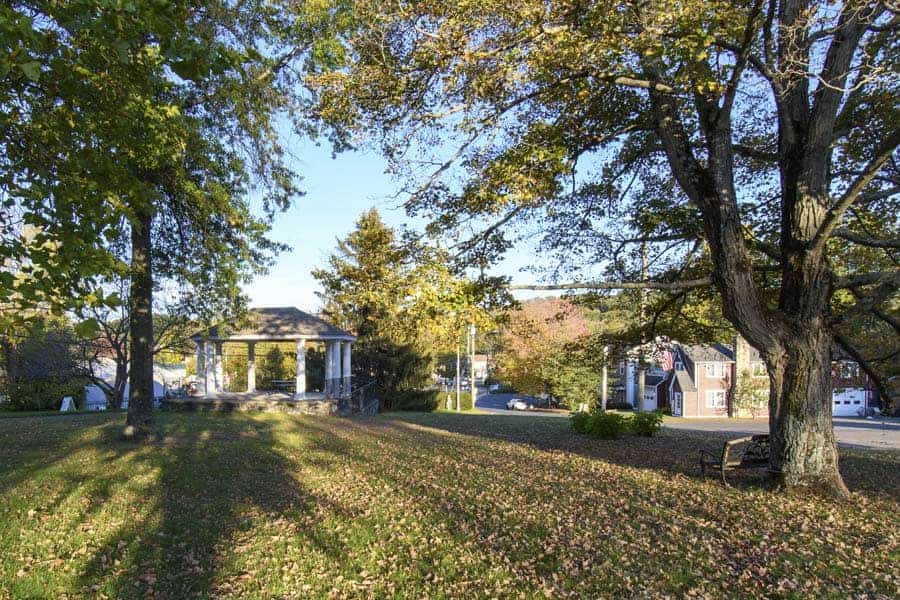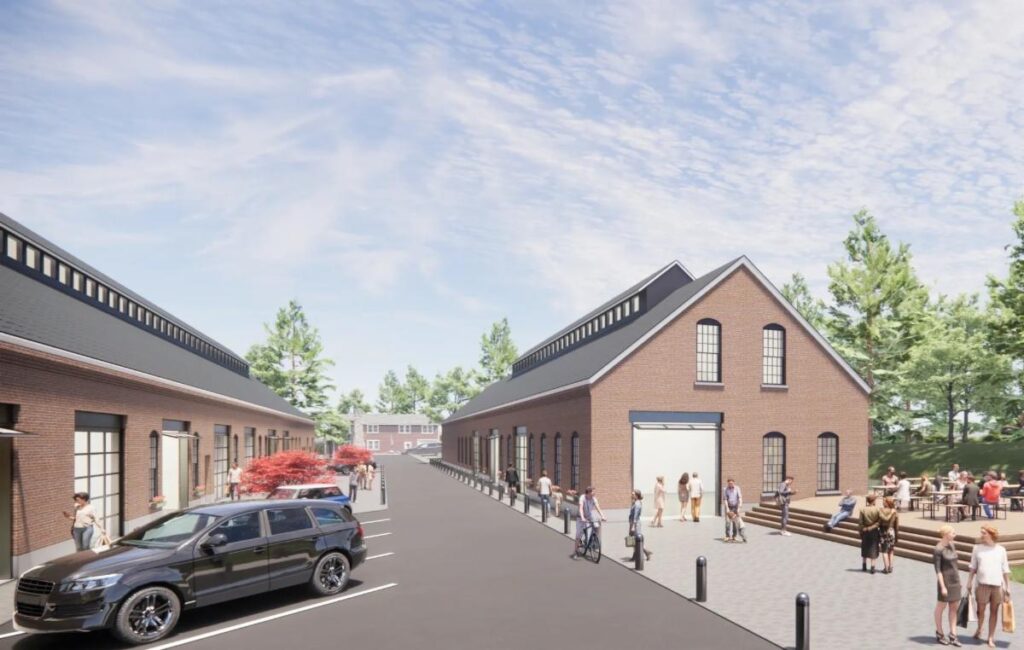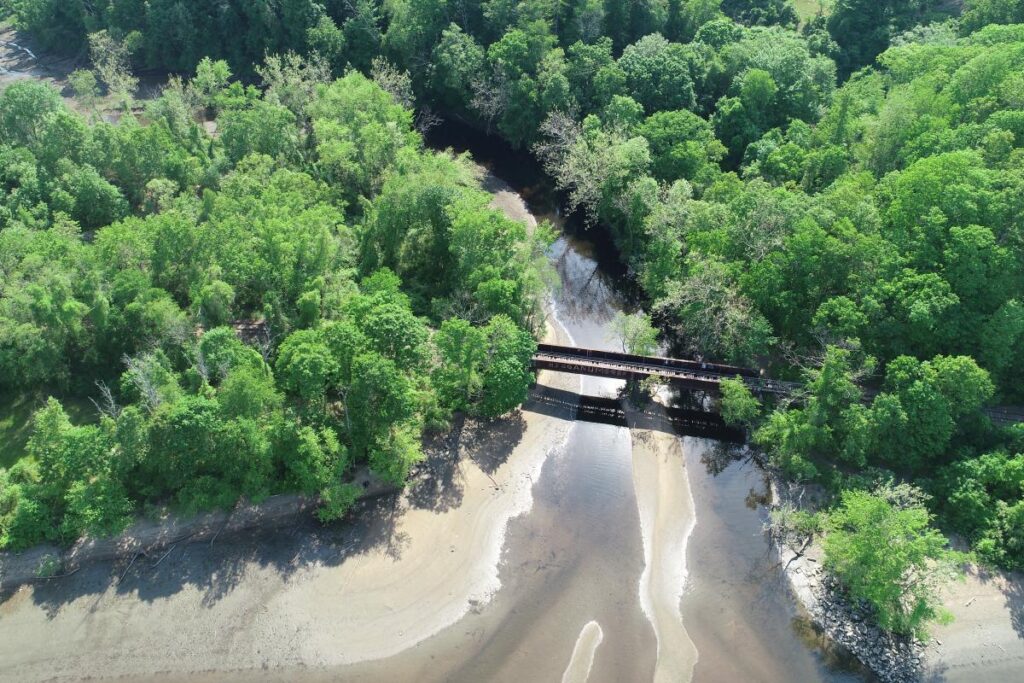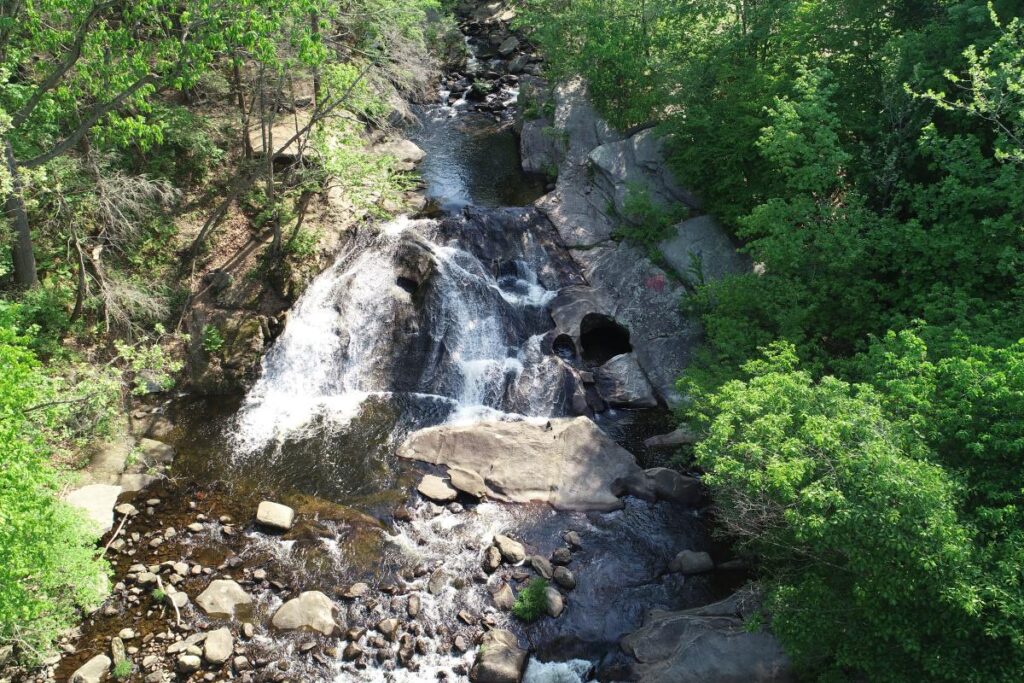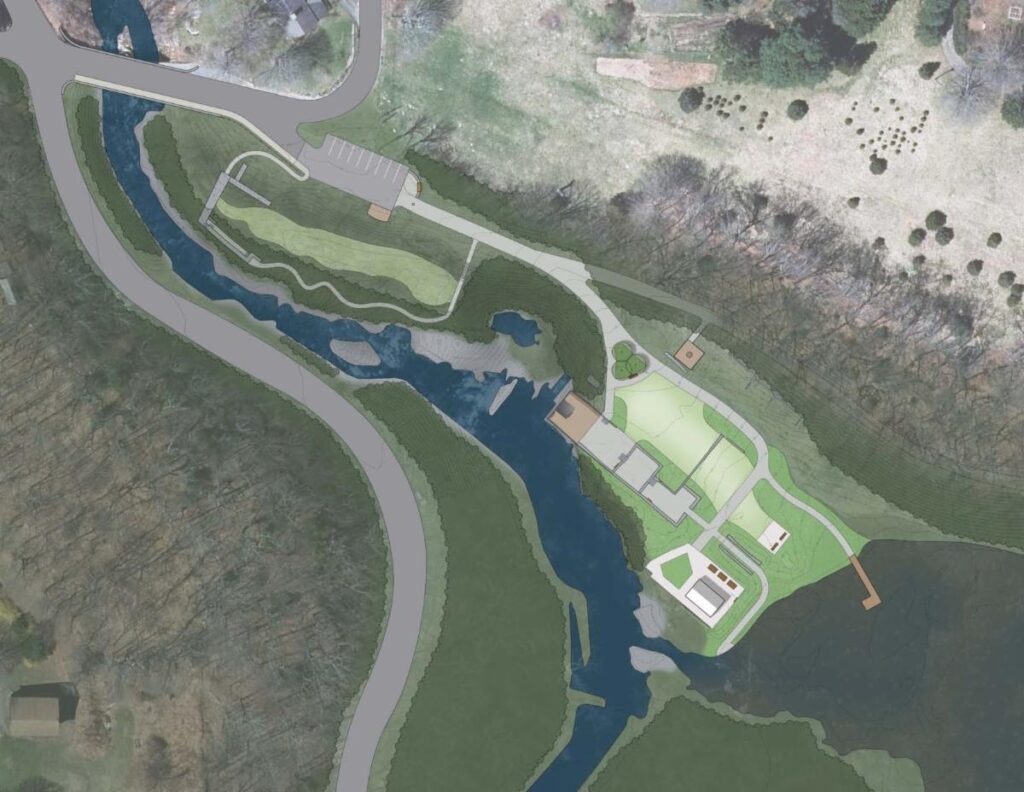Economic Development Newsletter
April 2025
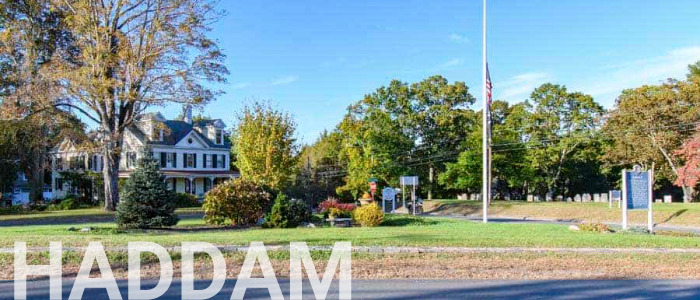
HADDAM, CONNECTICUT
Haddam holds the unique distinction of being the only town in the state that is bisected by the Connecticut River, with residents on both sides. Incorporated in 1668, the town comprises several villages, including Haddam, Higganum, Haddam Neck, and Tyerville. Like many towns in Middlesex County, Haddam has relied on the Connecticut River as a source of transportation, recreation, and economic prosperity into the 19th century, with water powering the manufacturers who established operations in the town.
Today, Haddam is an active community with an excellent school system, acres of recreational open space, and dedicated residents who preserve the past and plan for the future, attracting positive economic development opportunities.
TOWN STATS
General
Current Population: 8,562
Median Age: 46
Median Household Income: $115,833
Economy
Top Industries
1. Government
2. Health Care and Social Assistance
3. Retail
4. Finance and Insurance
5. Accommodation and Food Services
Housing
Median Home Value: $375,500
Median Rent: $1,445
Housing Units: 3,524
From 2024 Town Profiles courtesy of AdvanceCT and CT Data Collaborative.
Economic Development Highlights
An innovative forgivable loan program - the Tylerville Business Interruption Grant Program - funded by ARPA monies, supported Tylerville businesses adversely affected by the sidewalk construction, the Swing Bridge renovations, and the installation of traffic circles. Businesses that could demonstrate hardship due to a loss of revenue were eligible to receive up to $5,000 a month for payroll, operating expenses, and marketing campaigns to encourage customers to visit despite the possible traffic issues.
Working with the Connecticut Main Street Center, Haddam is undertaking a branding initiative to develop a unified identity for the town, bringing together Higganum, Haddam, Tylerville, and Haddam Neck. This effort aims to better promote one Haddam to visitors, potential new residents, and existing residents, encouraging local business success and pride in the community.
A historical adaptive reuse and restoration of the former Scovil Hoe complex at 11 Candlewood Hill Road in Higganum Village, this project is transforming the two masonry buildings on the 4-acre property into shops, office space, and an event venue. Located a short distance from Higganum Cove and the commercial district, once completed, the site will draw tourists and residents and support the local business community.

Kate Anderson, Board of Selectmen & Economic Development Commission
Currently serving her third term as selectwoman, Kate Anderson has collaborated with the Board of Selectmen to spearhead several pivotal town projects, including the revitalization of the historic Scovil Hoe buildings, the transformation of the former Haddam Elementary School into senior housing and community space, the renovation of the iconic Swing Bridge, and the construction of new apartments at Blueway Commons and Bridge Road Commons. From 2016 to 2025, Kate was an active member of the Haddam Economic Development Commission and held the chair position for several years. Her most notable achievement during this period was overseeing the development and implementation of the Tylerville Business Interruption Grant Program. This innovative forgivable loan program, funded by ARPA monies, supported local businesses adversely affected by the Swing Bridge renovation.
Kate is dedicated to enhancing the quality of life for all residents of Haddam. In doing so, she organizes the annual Haddam River Days celebration at Haddam Meadows State Park, coordinates a festive Halloween trunk-or-treat event, and serves as a liaison for the town’s farmers' market and the HK Youth and Family Services Community Coalition.
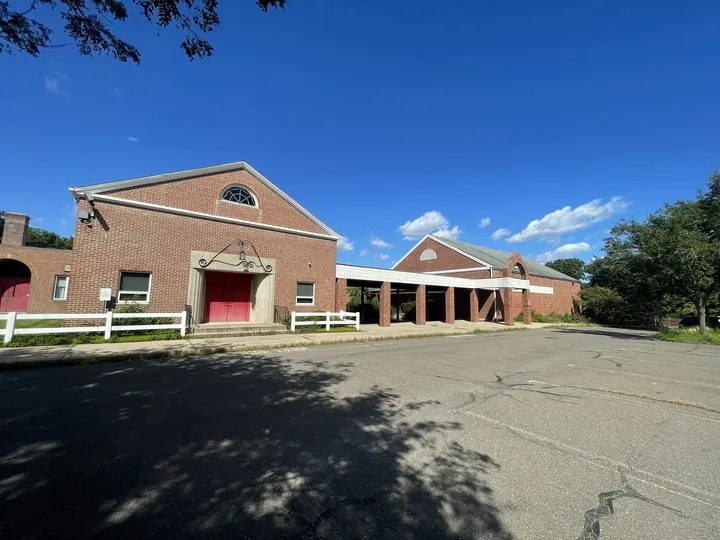
HADDAM ELEMENTARY SCHOOL: ADAPTIVE REUSE
Closed at the end of the 2018-2019 school year due to declining enrollment and consolidation plans, work has begun to repurpose the Haddam Elementary School property in Higganum into senior housing and develop a senior center connected to walking trails and pickleball courts, along with the relocation of some town offices.
State funding, including a $4.5M Community Challenge grant from the CT Department of Economic and Community Development, is being utilized for the housing conversion, replacement of HVAC systems, roof repairs, and creating an accessible, intergenerational playground. The Haddam Historical Society collaborated with the Town to relocate the Shad Museum near the playground for easier access and better visibility.
What is adaptive reuse?
Adaptive reuse (also referred to as building recycling or building conversion) is the repurposing of an existing structure for a new use. For example, an old church could be converted into a restaurant, an old train station into office space, or an old windmill into a home. Adaptive reuse architecture breathes new life into historic structures by transforming them into something useful for the surrounding area, such as workforce and senior housing, community centers, or mixed-use creative venues.
While safety, environmental, and regulatory considerations need addressing, communities benefit from adaptive reuse through increased economic opportunities, urban regeneration, preserved cultural and historical heritage values, reduced landfill demolition waste, enhanced energy efficiency, extended building usefulness, cost-effectiveness, improved property values, infusion of state and federal funding, reduced carbon emissions, and decreased energy consumption.

HIGGANUM COVE PRESERVE & COMMISSION
The creek running through Higganum Cove provided the waterpower to spur and support industrial development. As early as the 1670s, Higganum Cove has been an active site with mills and manufacturing facilities producing everything from flour to textiles to circuit boards. After the last remaining building burned to the ground in 1989, the Cove became the dumping ground for industrial waste. As a result of the contamination, the Cove was identified as a Superfund Site by the Environmental Protection Agency (EPA), and the Connecticut Department of Economic and Community Development conducted a site assessment. Still, the site languished until 2013, when the first selectman contacted the EPA, making them aware that the public was using the area. The EPA invested $3.7M to clean up and remediate the Cove in 2015.
The Town of Haddam took title to the property. In 2021, the Higganum Cove Committee was established to protect, preserve, and enhance the historic site and its exceptional natural environment. In 2022, the committee commissioned a Higganum Cove Master Plan, and in 2024, led by Haddam Town Planner Bill Warner, the Higganum Cove Preserve and Commission was formally established to protect the site indefinitely. Seven volunteer commissioners, including Chairman Ed Schwing, now meet monthly to implement the master plan and continue the work of preserving the area’s unique environmental and historical aspects. Soon, the large concrete sections of the former building foundations will be completely removed, and a wooden walkway will be constructed to allow visitors to fully experience the Cove wetlands environment. The Master Plan includes future improvements, including a pollinator garden, a gazebo, picnic tables, a bike rack and repair station, a pavilion, site lighting and signage, a kayak launch area, and a walkable path to Higganum Village.
On May 17th, the Higganum Cove Preserve will host its first event featuring a historian, a fish and wildlife expert, and a geologist who will speak about the area's history, its natural features, and the wildlife native to the Cove. More information on the Higganum Cove Preserve can be found on the Town’s website: https://www.haddam.org/higganum-cove-preserve-commission
